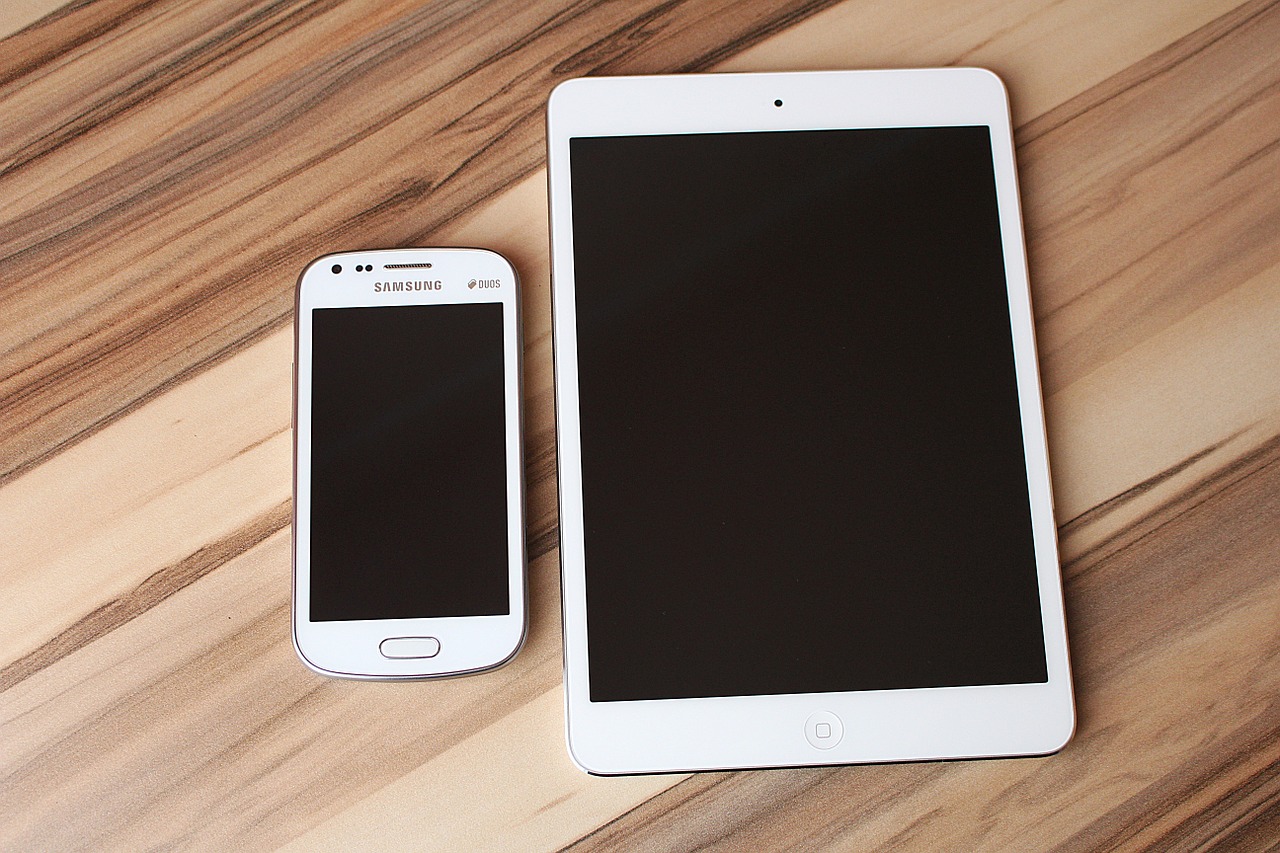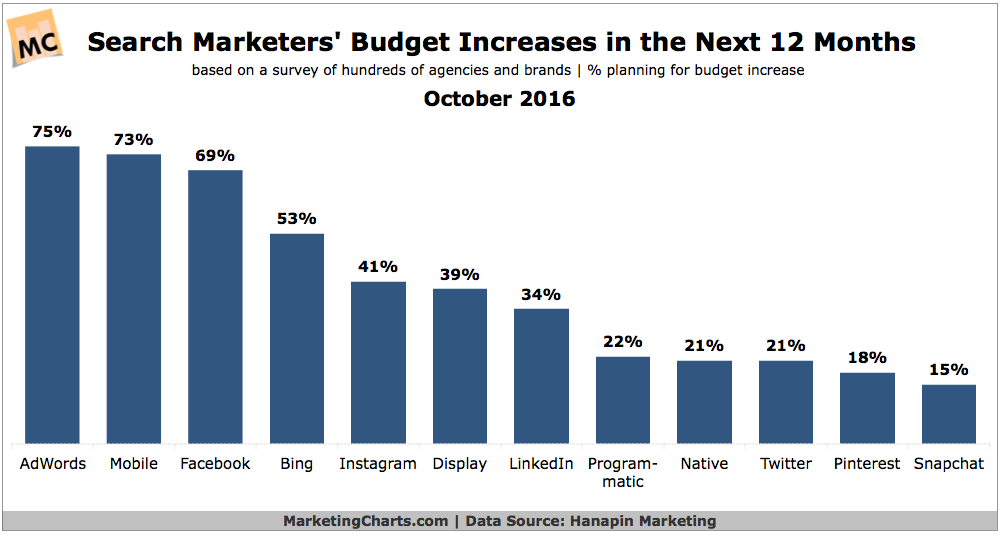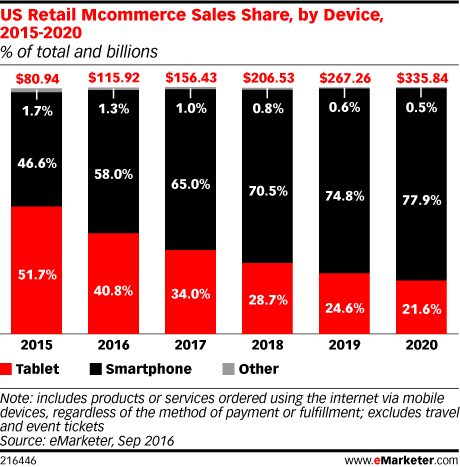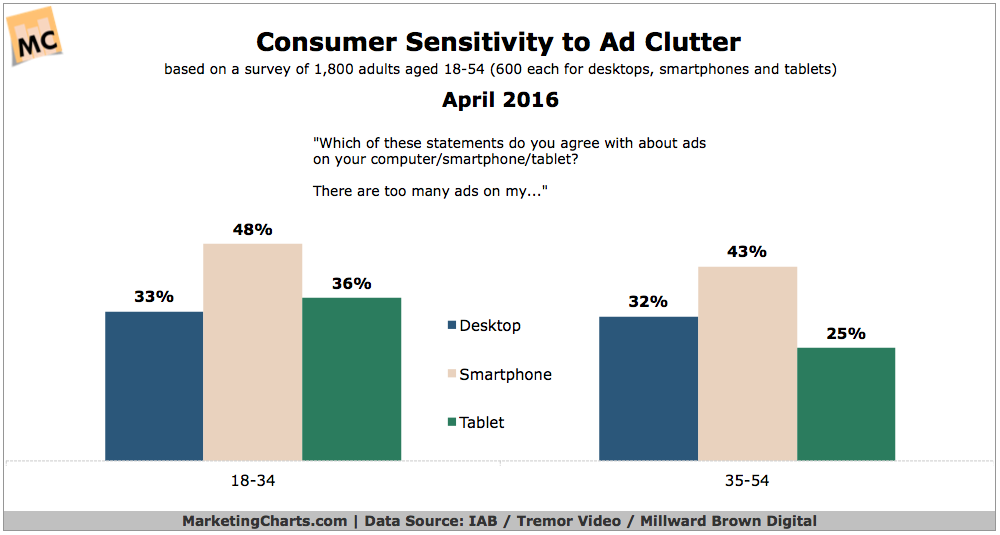Each week, we publish a mishmash of ecommerce-related, insight-infused articles for your to smash through. Just as we collect business information across all of a merchant’s channels in a single place, we’re doing the same for ecommerce-related content from a variety of top tier content creators.
Mobile will be a major part of this year’s holiday season, there’s no doubt about that. Plenty of predictions are out there about ecommerce’s performance over the next couple of months, and mobile is highlighted as an expected high performer. In this week’s mishmash, we’ll cover some recent trends and studies pointing to yet another record-breaking year for mobile channels, as well as some ways to capitalize off the incoming wave of mobile traffic.
Follow the Money
Follow the money to see which marketing channels are most effective. Guess which channel is getting more money poured into it? Hanapin Marketing’s survey of PPC marketers found that mobile spending is due for a budget increase over the next 12 months. Seventy-three percent of respondents confirmed that mobile was a major focus for PPC now and in the future, and it ended up surpassing Facebook in terms of budget growth.
And there’s a reason why that’s where the money’s headed — 69% of the respondents said mobile PPC ads were converting at higher rates than ever before, an inevitability given the ever-expanding amount of mobile traffic.
It’s not a trend that’s expected to flicker anytime soon. As mobile devices get into the hands of more and more consumers worldwide, traffic will continue to rise — this holiday season especially.
The Contender
But let’s look to the past for a look at why that’s the case. In a news report by Criteo earlier this year on mobile (just as Q4 2015 began turning into a memory), they found that mobile had come close to reaching parity with desktop, the tried and true online channel. Overall, mobile sales accounted for around 30% of online sales. Traffic-wise, it defeated desktop: mobile accounted for around half of all online traffic last year.
The big kicker, though, was mobile’s dominance on big-name holidays like Black Friday and Cyber Monday. It made up 41% of all online sales on Black Friday — 18% more than Cyber Monday’s 23%. This was only a year ago; a lot can change, and it’ll be interesting to see how successful mobile conversions are this year.
Holiday 2016: The Second Year of Mobile?
Speaking of this year, the story is similar, but with more pages — an early holiday forecast by eMarketer predicts that mobile sales will jump 43.2%, making up nearly 30% of all online sales.
As far as which mobile device is killing it, it has to go to smartphones. In previous years, tablets tended to snag the most mobile sales, but the two were more-or-less equal last year. This year, mobile’s taking the edge:
And that’s because more Americans are chucking their ancient Nokias and severing their landlines in favor of smartphones. ComScore reports that smartphone penetration in the US market has reached nearly 80%, consistently inching upward by the passing year.
Gaining the Confidence to Convert
But back to that mobile conversion rate. Compared to the quantity of mobile traffic, the rate’s pretty low — around half of a traffic is mobile, yet the conversion rate hovers around 2% for smartphones and 4% for tablets.
As for that difference, much of it can be attributed to screen size: the larger the screen, the larger the conversion rate. In fact, the smaller screens of smartphones heightens consumers’ irritation toward mobile ads, which many believe clutters their experience, reducing their inclination to buy.
When it comes to improving mobile conversion rates overall, first thing’s first, your site’s design must be — shockingly — mobile friendly. But perhaps more importantly, it’s absolutely essential that your mobile visitor is able to quickly find whatever it is they’re looking for — deals or products. Mobile users are oftentimes browsing and researching, hence the high traffic rate and lower conversion rate. Because of that, they’re more likely to bounce from your website, making a quick and straightforward process critical.
ConversionXL lists some of the ways you can snag mobile users on your landing page before they up and leave. As archaic as it sounds, offering a call option may be effective at securing users interested in more information quickly. Other methods are more standard, like click-to-scroll, where a visitor clicks a button relevant to their interests that auto-scrolls them to the content, and sticky navigation, headers and footers stuck to the top and bottom of a webpage that contain useful information or CTAs.
Consistency is Key
So, about that low conversion rate… one of the more glaring issues with mobile arises from the fact that, well, it’s mobile. It’s a relatively new channel, and both consumers and merchants are adapting to its influence on the purchase process. It’s a simple fact that there are more channels to access an online store now than ever before, and as consumers hop around researching and buying products, they’re not entirely satisfied with seamlessness of their experience.
Consumers need consistency when buying. According to a Magnetic and Retail TouchPoints survey, 59% of mobile-using respondents said that consistency between channels is absolutely critical, and only 36% believed retailers were meeting that bar. That’s not so hot, but, as often is the case, e-retailers are still catching up to the changing behaviors of consumers.
And that touches on another aspect of ecommerce that mobile has impacted. In this interesting post at WWD, the word omnichannel is no longer needed. Commerce at this point is omnichannel, and it’s critical that merchants integrate each of their channels because that’s how consumers now shop. Omnichannel is no longer a trend — it is commerce, and retailers must adjust their approach beyond a single channel.






